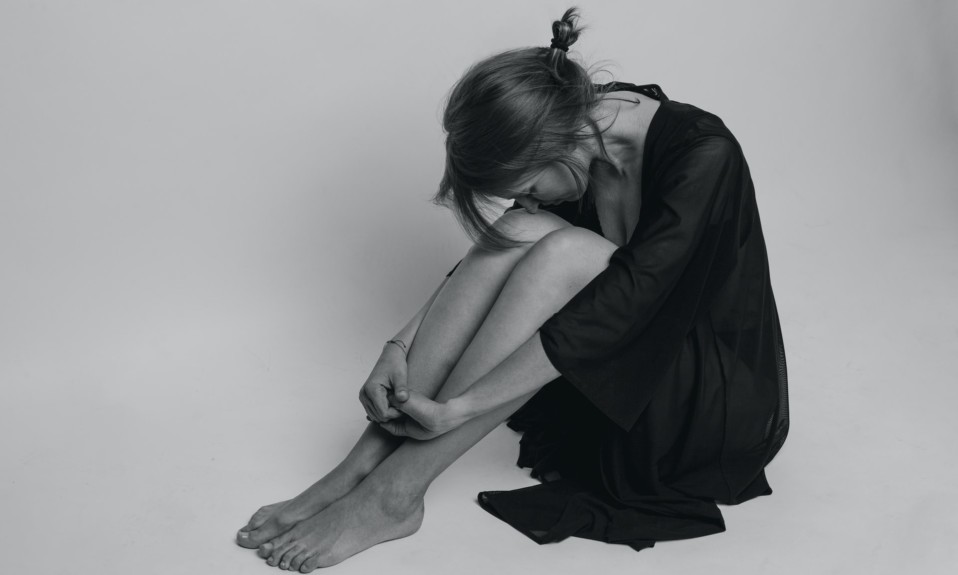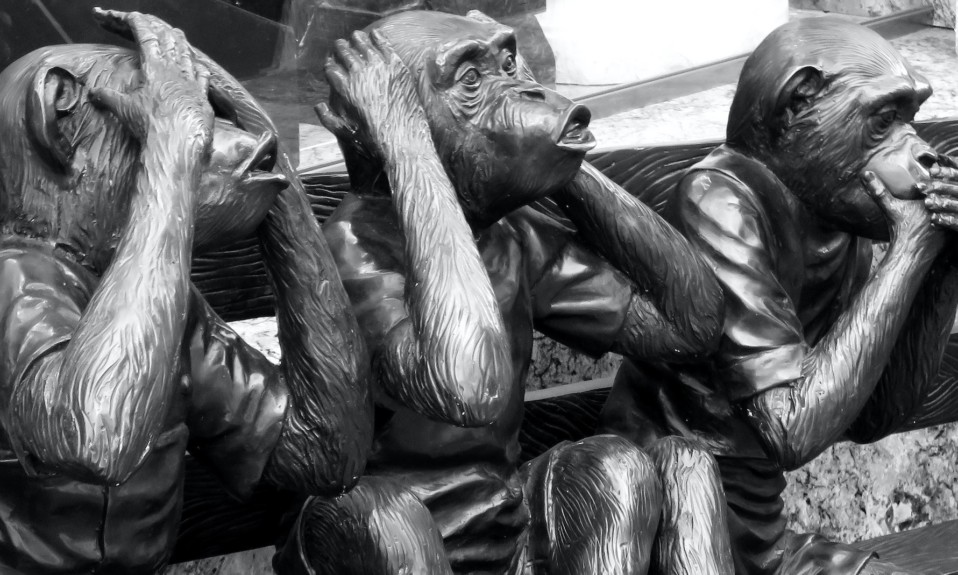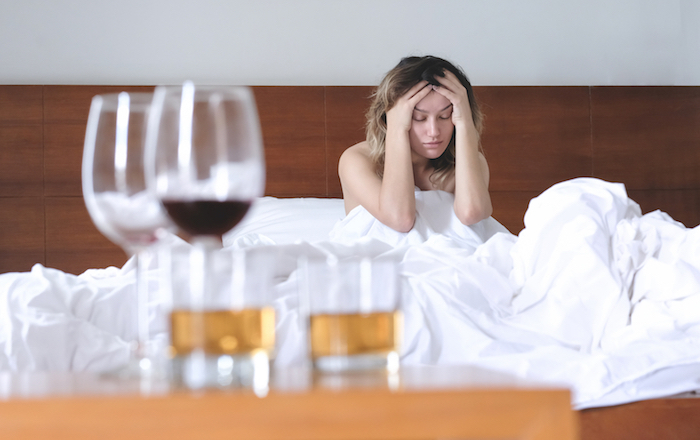A Mental Health America report, released Monday, aligns with other studies showing a stunning increase in mental distress
By Jason Langendorf
Mental Health America (MHA) released analysis of its latest online screening data on Monday, revealing an enormous increase in the number of people seeking help for mental health in 2021 and potential red flags among younger screeners and Black screeners during the same period.
With 5.4 million people using the screening at MHA in 2021—a 103% increase over 2020 and a nearly 500% increase over 2019—the organization indicated concern over a recent collective decline in mental health in the United States. Specifically, the numbers among young people were stark: Youth from age 11 to 17 were the group that made up the highest percentage of overall screeners (45%). Critically, this group was also more likely than any other to identify moderate to severe symptoms of anxiety and depression.
“These new statistics support what we already know—our youth need help now,” said Schroeder Stribling, president and CEO of Mental Health America. “It is imperative that we ensure every young person has access to high-quality, affordable mental health resources that meet diverse cultural and language needs. This means increasing the focus on prevention and early intervention strategies, and addressing the economic and social barriers that contribute to poor mental health.”
Diving Into the Data
An important observation from MHA’s findings: 76% of all those screened scored positive or with moderate to severe symptoms of a mental health condition in 2021. Although that figure represents what seems to be a minor increase over 2019 (2%), it merits reframing: More than 3 of every 4 people screened by Mental Health America are struggling with mental health issues.
Moreover, these struggles aren’t evenly distributed among different groups. MHA’s data found both a growing prevalence and a deepening in the severity of mental health struggles among specific demographics, including:
- The 45% of youth aged 11 to 17 who took a screen in 2021 marked an increase of 16% over the average in 2019.
- Parents and youth saw the largest increases in positive screens from 2019 to 2021.
- Rates of suicidal ideation are highest among youth (51% among ages 11 to 17), especially LGBTQ+ youth (63%).
- Black individuals in the U.S. had the largest increase in anxiety during the pandemic, compared to other races/ethnicities (a 5% increase in moderate to severe anxiety from 2019 to 2021).
- Suicidal ideation has increased most for Black youth and adults from 2019 to 2021, including an 8.59% increase in that span in Black or African American screeners.
Maddy Reinert, MHA’s senior director of population health, manages the organization’s online screening program. She says that although the screenings can’t draw any causal information from the data, other reporting as part of the program offers a sense of what may be driving the disparities.
“[W]hen we broke that down by race, we saw, both in 2020 and 2021, that racism was being reported as a main top-three contributor to mental distress for Black screeners—much more so than screeners of any other race or ethnicity.”
—Maddy Reinert, senior director of population health, MHA
Reinert says the screening process over the last two years has included a question for participants prompting them to think about why they were taking the screening and asking them to identify the top three contributors to any current mental health problems. “And when we broke that down by race,” she says, “we saw, both in 2020 and 2021, that racism was being reported as a main top-three contributor to mental distress for Black screeners—much more so than screeners of any other race or ethnicity.”
Adds Reinert, “I think we can see that that racism and discrimination during that same time period being reported as directly contributing to mental distress might be tied to those increasing rates, particularly of anxiety and suicidal ideation.”
COVID’s Continued Toll on Mental Health
It’s difficult to clearly determine whether the leap in Mental Health America’s screening numbers is driven by the effects of the pandemic. The organization created its online screening program in 2014, offering a series of free, anonymous and confidential screenings used commonly in clinical settings. More than 14 million people have been screened since the inception, making the initiative, according to MHA, “the nation’s largest ongoing, real-time mental health early identification program.”
Reinert conceded that a recent decrease in stigma around mental health and increases in awareness of mental health in general and MHA’s screening program in particular may be an influence. Still, she says, that doesn’t explain the rising rates of mental health symptoms experienced among screeners.
“The information we have now about the impact of COVID-19 on the world’s mental health is just the tip of the iceberg.”
—Tedros Adhanom Ghebreyesus, director-general, WHO
Mental Health America’s latest data aligns with the broader findings of the World Health Organization (WHO), which cited a 25% increase in the prevalence of anxiety and depression worldwide in the first year of the pandemic. The WHO identified social isolation, loneliness, fear of infection, financial worries and grief, among other reasons, as causes for “unprecedented stress” during the pandemic, and blamed exhaustion as a trigger for suicidal thinking among healthcare workers.
“The information we have now about the impact of COVID-19 on the world’s mental health is just the tip of the iceberg,” said Tedros Adhanom Ghebreyesus, PhD, the WHO’s director-general. “This is a wake-up call to all countries to pay more attention to mental health and do a better job of supporting their populations’ mental health.”
Photo: Victoria Volkova













